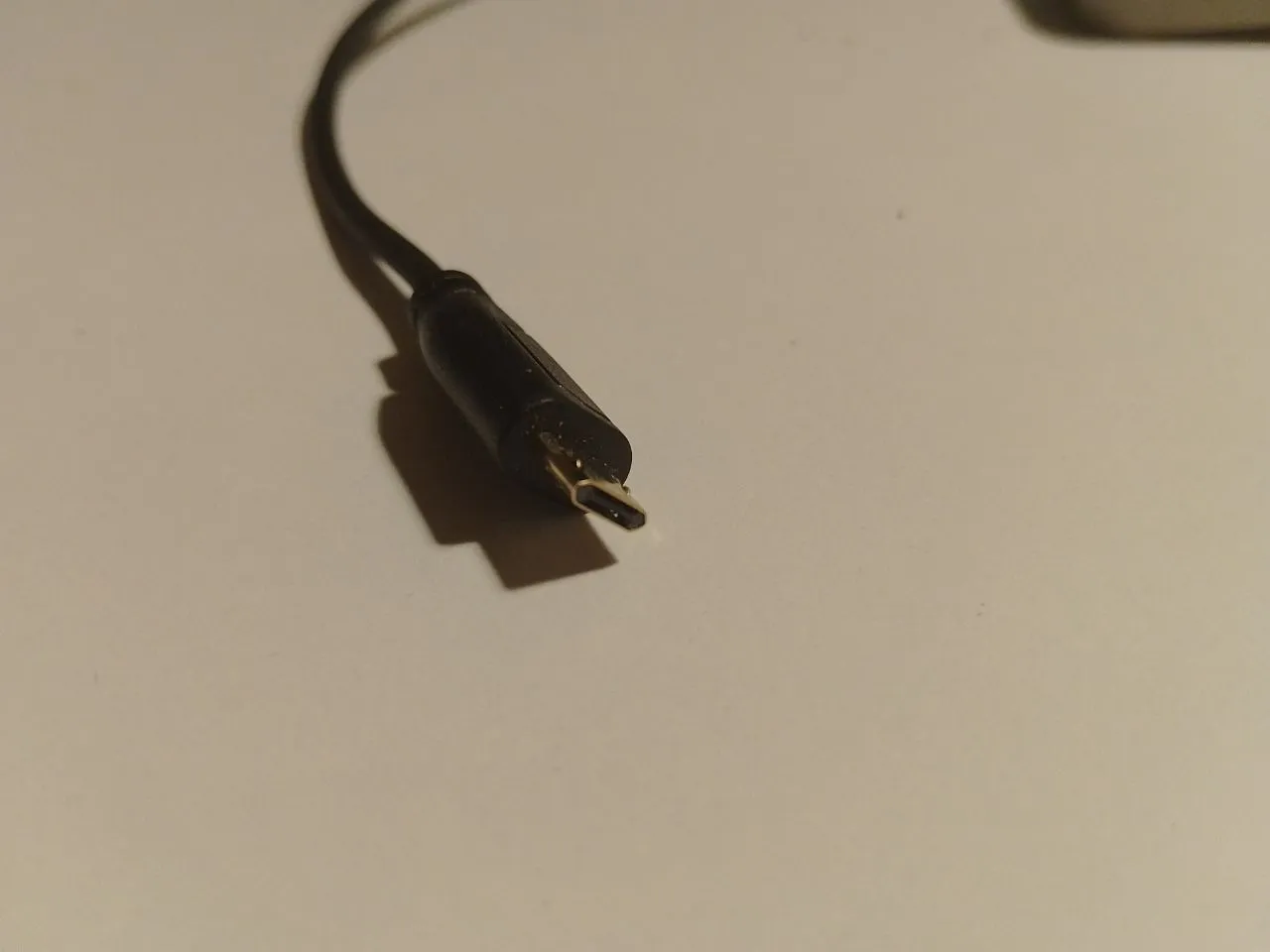100
you are viewing a single comment's thread
view the rest of the comments
view the rest of the comments
this post was submitted on 02 Jan 2024
100 points (100.0% liked)
Technology
37825 readers
1184 users here now
A nice place to discuss rumors, happenings, innovations, and challenges in the technology sphere. We also welcome discussions on the intersections of technology and society. If it’s technological news or discussion of technology, it probably belongs here.
Remember the overriding ethos on Beehaw: Be(e) Nice. Each user you encounter here is a person, and should be treated with kindness (even if they’re wrong, or use a Linux distro you don’t like). Personal attacks will not be tolerated.
Subcommunities on Beehaw:
This community's icon was made by Aaron Schneider, under the CC-BY-NC-SA 4.0 license.
founded 2 years ago
MODERATORS

So like mini-USB?
Still, is it the plug, or the socket that breaks? I've been holding for a long time that using sockets with tiny plastic tongues to hold the conductors, is a bat shit crazy move in consumer electronics, where a cable is prone to getting a lateral tug that rips the whole thing apart.
This includes some old Samsung connectors, all of modern Nokias, mini-USB, micro-USB, and even USB-C.
Old Nokias and Ericssons had the right idea: pogo/flex pins on the connector, and just a bunch of plates on the socket, so the cable would break but the socket was rock solid.
Mini USB has to be one of the most robust connectors I've used tbh. All my original cables from over a decade ago still work flawlessly, as well as the ports on the devices housing them.
As for Micro USB... not great. I hope USB-C is more durable, so far I haven't had any issues with ports going bad that wasn't down to some ultra cheap adapter or cable
I've had plenty of Mini-USB failures, all of them in the socket. There's a reason why when Micro-USB was designed, they bumped the required mating cycle rating to twice that of Mini-USB.
The biggest problem with Micro-USB, is that it got adopted as the standard charging port for smartphones, which proved even the doubled mating cycle rating way insufficient.
For reference:
If you had problems with Micro-USB, expect about the same to happen with USB-C. Plugging it once a day to charge, should last 30 years; plugging it 10 times a day to "top it up", will break it after 3 years on average.
Personally, I've put some magnetic adapters in all Micro-USB stuff like 5-6 years ago, and so far only one of the adapters has broken, all sockets are like new.
The problem with micro USB is that hardly anyone ever had issues with the ports or cables on mini USB, then micro USB comes along with it's massive 10000 cycles, but the cables break so easily so loads of people have problems with them. All because some people wanted smaller ports.
mini-usb cables are robust, but the sockets they plug into were pretty fragile, i’ve had multiple break.
I'm sure the cables work but I can assure you the terminals on devices eventually do fail. I had to replace one on my old android phone.
Magsafe is a really great idea, it's just a shame Apple came up with it first and I can't wait for it to be the universal standard for all types of external connectors forevermore. It's as close as we can get to wireless without being wireless.
Interestingly, Apple has donated the phone version of MagSafe to the Qi open wireless charging standard. Soon we’ll see a magnetically aligning wireless charging Qi2 devices from other manufacturers.
A surprise to be sure, but a welcome one!
the socket. sadly this is a design flaw with every usb connector, even type-c.
amusingly, Apple’s lightning is the only connector i’ve seen that seems truly designed for the cable to break before the socket